THE FOREST
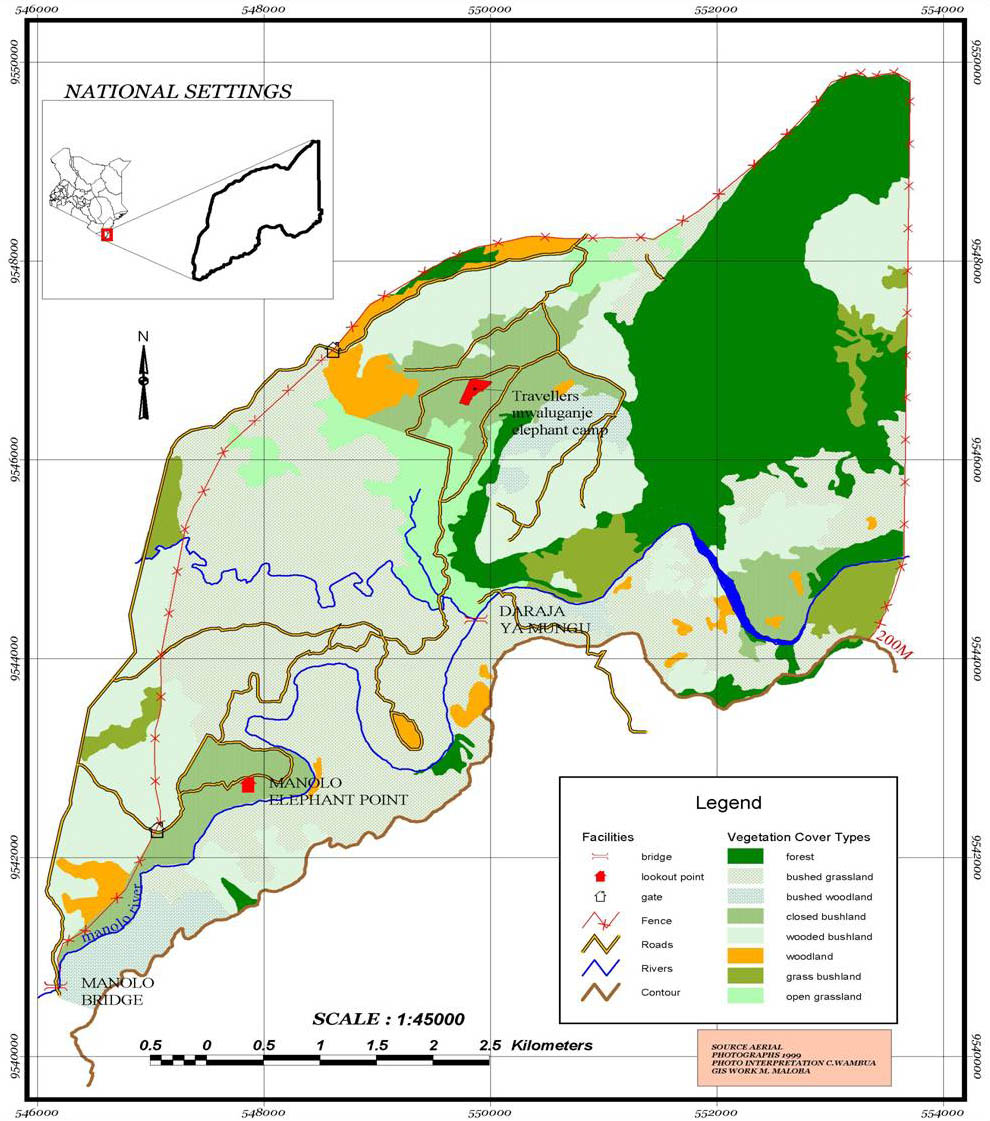
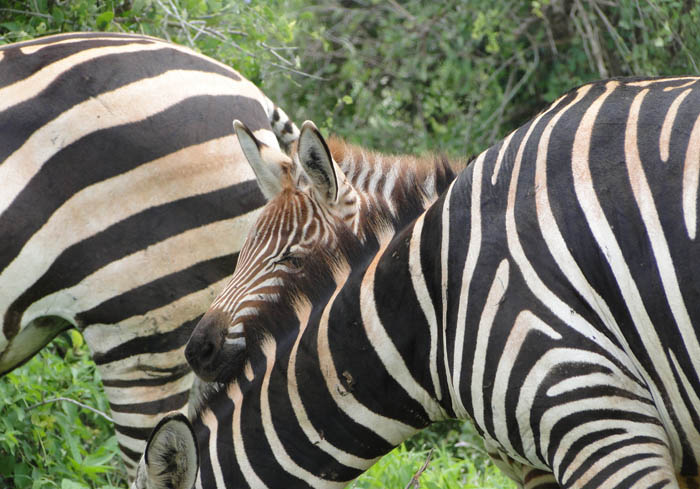 Mwaluganje Elephant Sanctuary features 60,000 acres of dramatic cliffs, forested hills and bushlands. Its landscape is diverse, ranging from dry baobab bush land to moist deciduous forest hills and river rainforest along the streams. It truly offers a striking backdrop for an abundance of wildlife.
Although the Sanctuary is famous for its elephants, there are plenty of other attractions. The Sanctuary is home to many other animals including zebra, warthog, bushbuck, waterbuck, baboons, and deep in the forest, sykes and the endangered colobus monkeys can be seen. If you are really lucky, you may see leopards, porcupines, mongooses, bush babies, elephant shrews or honey badgers.
Mwaluganje Elephant Sanctuary features 60,000 acres of dramatic cliffs, forested hills and bushlands. Its landscape is diverse, ranging from dry baobab bush land to moist deciduous forest hills and river rainforest along the streams. It truly offers a striking backdrop for an abundance of wildlife.
Although the Sanctuary is famous for its elephants, there are plenty of other attractions. The Sanctuary is home to many other animals including zebra, warthog, bushbuck, waterbuck, baboons, and deep in the forest, sykes and the endangered colobus monkeys can be seen. If you are really lucky, you may see leopards, porcupines, mongooses, bush babies, elephant shrews or honey badgers.
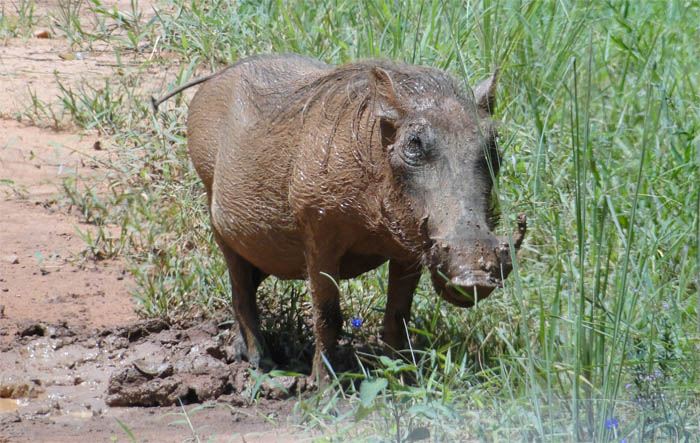 Several varieties of butterflies occupy the Sanctuary as a result of the diverse habitats. Along the Manolo River you will see species typical of savannah and semi-arid country next to species that are found in rainforests.
The Sanctuary is a birdwatchers’ haven with some of the most spectacular birds of prey ever seen including the monkey-eating crowned eagle and palm nut vulture. Mwaluganje is an important centre of biodiversity in Kenya and is one of the two sites in the country where you can see the rare and indigenous sokoke scops owl.
Several varieties of butterflies occupy the Sanctuary as a result of the diverse habitats. Along the Manolo River you will see species typical of savannah and semi-arid country next to species that are found in rainforests.
The Sanctuary is a birdwatchers’ haven with some of the most spectacular birds of prey ever seen including the monkey-eating crowned eagle and palm nut vulture. Mwaluganje is an important centre of biodiversity in Kenya and is one of the two sites in the country where you can see the rare and indigenous sokoke scops owl.
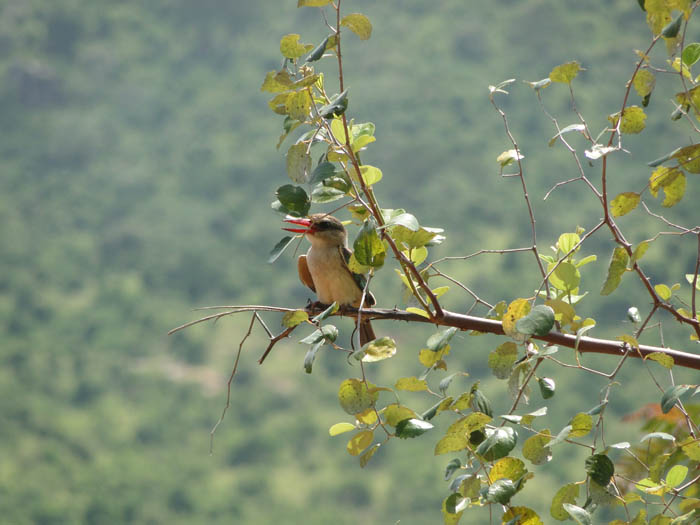 Cycads resembling small palm trees make Mwaluganje unique due to their commonplace during the Jurassic period and age equivalence to the dinosaur. Currently, these ancient plants are endangered, but in Mwaluganje, the area is so protected that you will find many. Avid wildflower lovers find the Sanctuary a paradise when the cliffs turn pink with blooming desert roses at the end of the rainy season (November), and when most plants flower at the start of the rainy season (December, March and April).
Cycads resembling small palm trees make Mwaluganje unique due to their commonplace during the Jurassic period and age equivalence to the dinosaur. Currently, these ancient plants are endangered, but in Mwaluganje, the area is so protected that you will find many. Avid wildflower lovers find the Sanctuary a paradise when the cliffs turn pink with blooming desert roses at the end of the rainy season (November), and when most plants flower at the start of the rainy season (December, March and April).
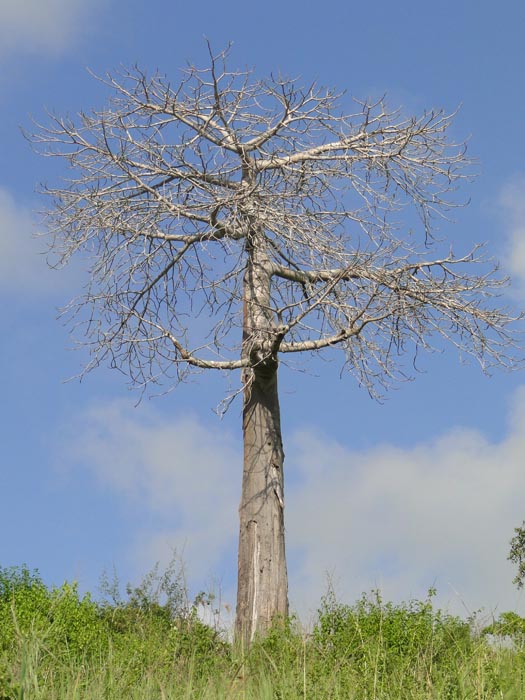
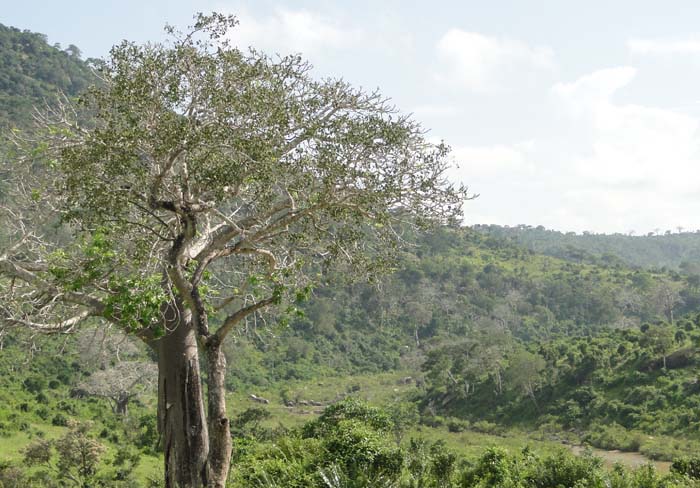 Petrified wood, which signifies the remains of a forest that flourished some 200 million years ago, is widespread across the land.
The natural rock bridge over the Manolo River is the lifeblood of the region where animals come to drink and bathe.
Few visitors leave Mwaluganje dissatisfied as this wild and mostly unexplored part of Kenya is full of surprises.
Petrified wood, which signifies the remains of a forest that flourished some 200 million years ago, is widespread across the land.
The natural rock bridge over the Manolo River is the lifeblood of the region where animals come to drink and bathe.
Few visitors leave Mwaluganje dissatisfied as this wild and mostly unexplored part of Kenya is full of surprises.
Places of interests:
- Kaya Mtae: A sacred Duruma settlement in Mwaluganje forest at the top of Mwaluganje Hill. Although no longer occupied, elders return to pray and give sacrifices in times of severe hardship. The Duruma people believe that their tribal magic held in the forest prevents anyone from seeing Kaya, its wooden palisade, gravestones and the three beautiful clay pots. One must be blessed by Duruma magic to see these things.
- The Manolo River: Named after the black rocks used for sharpening knives, this river is a permanent source of water for the elephants and other wildlife.
- Kitzanze Waterfall: A sacred waterfall pours down from the ridge into the Manolo River below.
- The Pemba River: The source of the Manolo River that flows from Port Reitz, Mombasa through the Sanctuary and deep into Kenya.
- Mawe ya Masaa (or Jiwe La Saa): A white cliff face near Daraja ya Mungu. In Swahili, this name means ‘the rock that tells time’. One story claims that as the day progresses, the rock changes colour from green in the morning to red in the evening.







